The art of theater has always been a delicate balance between visual spectacle and auditory immersion. While audiences often marvel at elaborate sets and lighting designs, it is the acoustics that silently shape the emotional resonance of a performance. A well-designed theater doesn’t just amplify sound—it breathes life into every whisper, every note, and every pause, creating an invisible yet palpable connection between performers and their audience.
Acoustics in theater design is both a science and an art. Architects and sound engineers collaborate to craft spaces where sound waves behave predictably, yet retain the organic warmth of live performance. The shape of the ceiling, the materials lining the walls, even the angle of balcony overhangs—all these elements conspire to either enhance or diminish the auditory experience. Historical theaters like Milan’s La Scala or Vienna’s Staatsoper demonstrate how centuries-old intuition achieved acoustic excellence long before modern technology could explain why certain designs simply felt right.
Modern theaters face unique challenges that their predecessors never imagined. Glass-fronted lobbies and concrete structures may satisfy contemporary aesthetics, but they often create acoustic nightmares. Sound bounces too harshly off some surfaces while being swallowed whole by others. The solution lies in subtle compromises: strategically placed diffusers that break up echoes without deadening vitality, or adjustable panels that can tune a space for both intimate dramas and booming musicals. The Guthrie Theater in Minneapolis exemplifies this adaptive approach, with its mix of reflective and absorptive surfaces creating clarity without sterility.
Beyond architecture, theatrical acoustics involve an unspoken contract between performers and their environment. Actors learn to modulate their voices differently in thrust stages versus proscenium houses, sensing how the space responds to their delivery. Orchestra pits are meticulously sized—too deep, and musicians feel disconnected; too shallow, and their sound overwhelms singers. The magic occurs when these variables align, as in London’s Shakespeare’s Globe, where the oak structure and open-air design produce a remarkably direct acoustic that makes every groundling feel Shakespeare’s words are spoken directly to them.
Technology’s role in theater acoustics remains controversial. While some venues install discreet amplification systems to assist delicate moments, purists argue this erodes the sacred live-ness of theater. The compromise often lies in enhancement rather than replacement—acoustic reflectors that gently boost natural sound, or electronic systems that only activate for specific effects. The tension between technological assistance and organic sound reflects theater’s eternal struggle between tradition and innovation.
Perhaps most fascinating is how acoustics influence audience psychology. A space that carries subtle vocal tremors makes viewers lean forward instinctively, while one that cushions sound in warm reverberation encourages relaxed immersion. Regional differences emerge—European theaters often favor longer reverberation times that suit operatic tradition, while American houses frequently opt for drier acoustics that prioritize spoken word clarity. These choices unconsciously shape entire theatrical cultures and performance styles.
The future of theatrical acoustics may lie in customizable spaces. Experimental venues now employ movable ceilings and walls that can alter reverberation times at the push of a button, allowing a single theater to morph from a crisp black-box environment to a cathedral-like acoustic within minutes. As virtual reality threatens to redefine performance spaces, physical theaters might distinguish themselves by offering acoustic experiences no headphones can replicate—the collective gasp of an audience, the rustle of programs, the visceral impact of unmediated human voices finding their perfect acoustic partner in architectural space.

By George Bailey/Apr 28, 2025
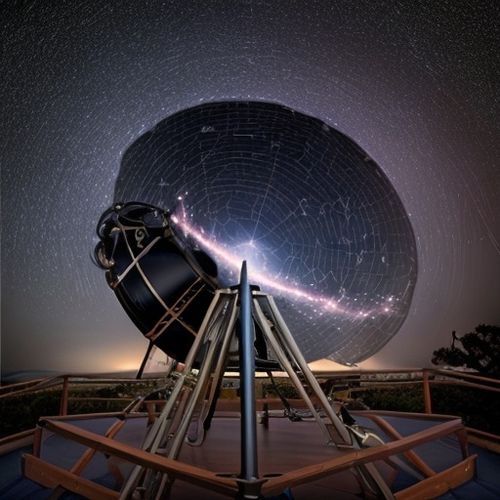
By Lily Simpson/Apr 28, 2025

By Grace Cox/Apr 28, 2025

By David Anderson/Apr 28, 2025

By Megan Clark/Apr 28, 2025
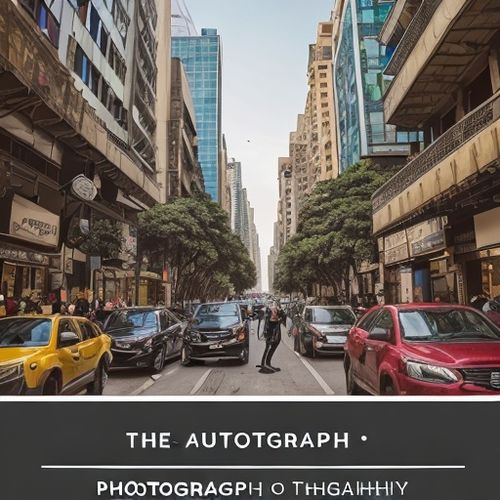
By Natalie Campbell/Apr 28, 2025

By Olivia Reed/Apr 28, 2025

By Rebecca Stewart/Apr 28, 2025
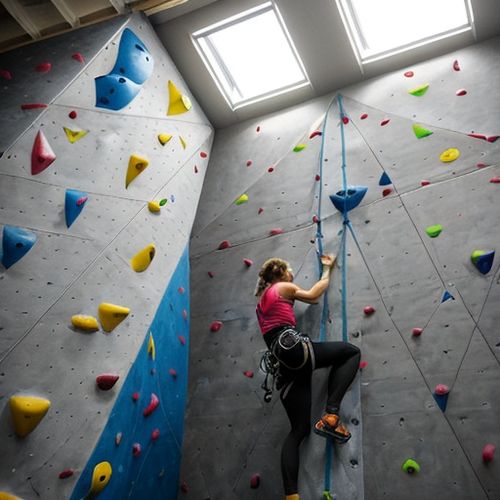
By Eric Ward/Apr 28, 2025

By Grace Cox/Apr 28, 2025

By Noah Bell/Apr 28, 2025

By George Bailey/Apr 28, 2025

By Michael Brown/Apr 28, 2025

By Samuel Cooper/Apr 28, 2025

By Laura Wilson/Apr 28, 2025
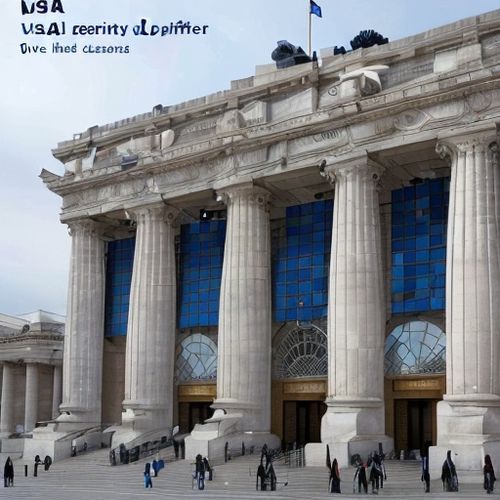
By David Anderson/Apr 28, 2025
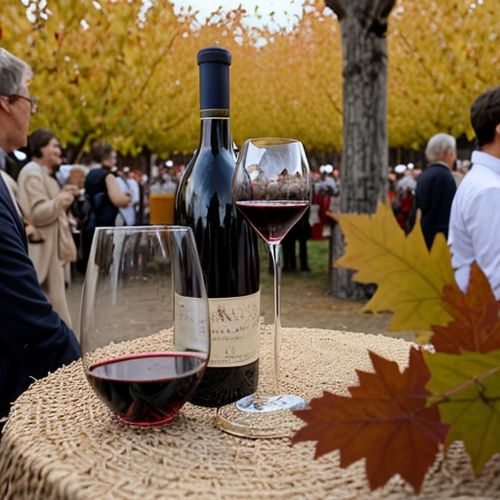
By Noah Bell/Apr 28, 2025

By Benjamin Evans/Apr 28, 2025

By Megan Clark/Apr 28, 2025
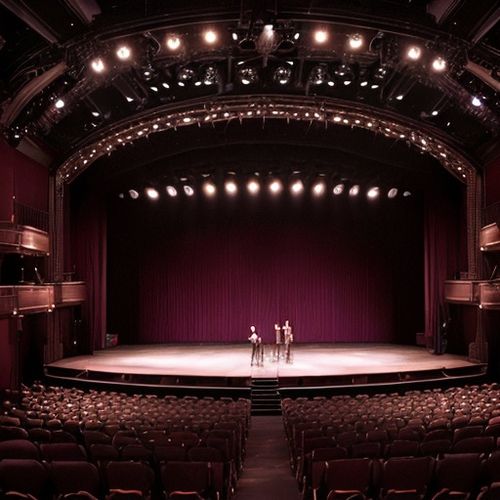
By Noah Bell/Apr 28, 2025